You've chosen WooCommerce for your online store. Smart choice - but now you need to make sure Google can find it.
Setting up WooCommerce SEO properly from the start saves you months of fixing problems later. This guide walks you through everything you need to know, from basic settings to advanced optimisation strategies.
We'll cover the technical setup, common mistakes that hurt rankings, and provide practical tips from the ground floor where we work on with WooCommerce stores daily.
Why WooCommerce Works for SEO (Usually).
Check out these stats directly from WooCommerce:

If you’re here to start your online store with WooCommerce, you’re in very good company.
A big reason for this is WooCommerce gives you more control over your SEO than platforms like Shopify or BigCommerce.
The reason WooCommerce lends itself really well to SEO is because of the amount of control you've got over URL structures, the overall functionality and the content engine that you can drive your products and categories with. Plus, the ability to write custom scripts and plugins for WooCommerce is a lot easier than Shopify.
Our SEO strategists call it "bendability" - WooCommerce bends to fit your SEO needs instead of forcing you to work around platform limitations.
What this control means for your store:
- Complete URL customisation for better rankings
- Advanced content marketing through WordPress blogging
- Custom SEO implementations without platform restrictions
- No monthly fees that increase with your success
The downside? You need to set it up properly. Miss key settings and your SEO suffers.
Here's what that actually looks like:
You control your URLs
With WooCommerce, I can create URLs like:
yourstore.com/shop/running-shoes/nike-air-zoom
Clean. Makes sense. Shopify often gives you something like yourstore.com/products/nike-air-zoom-12345 which just looks messy and may be less clear to both Google and the user.
You can customise almost anything
The ability to write custom scripts and plugins for WooCommerce is a lot easier than Shopify.
Need a special SEO feature? Build it. Want to change how something works? Change it. Other platforms basically tell you "this is how it is, deal with it."
Though I should mention - this flexibility can be overwhelming if you're just starting out. Sometimes having fewer options is easier.
It's built on WordPress
WordPress started as an informational kind of website. So it was a blogging platform... you still get all the content and optimisation features that you would from a normal WordPress installation.
This is huge. Google loves fresh content, and WooCommerce gives you a proper blog built right in. You're not stuck with some basic page builder.
I've seen stores rank well just because they consistently publish helpful blog posts. It works.
The Reality Check (This Part Matters)
With WooCommerce, you need to understand how to set up your own hosting, among other things. There's a lot more steps with WooCommerce to get it right.
What this actually means:
- You find and pay for hosting yourself
- You handle security updates (or they don't happen)
- When plugins conflict, you fix it
- Site running slow? That's your problem
It's more work. No question about it.
But here's the thing - We have a lot of clients that may have started in WooCommerce, but they're running multi-million dollar businesses now and they're still on WooCommerce because they just prefer that environment.
These aren't small businesses anymore. They could afford any platform. They stay because WooCommerce grows with them.
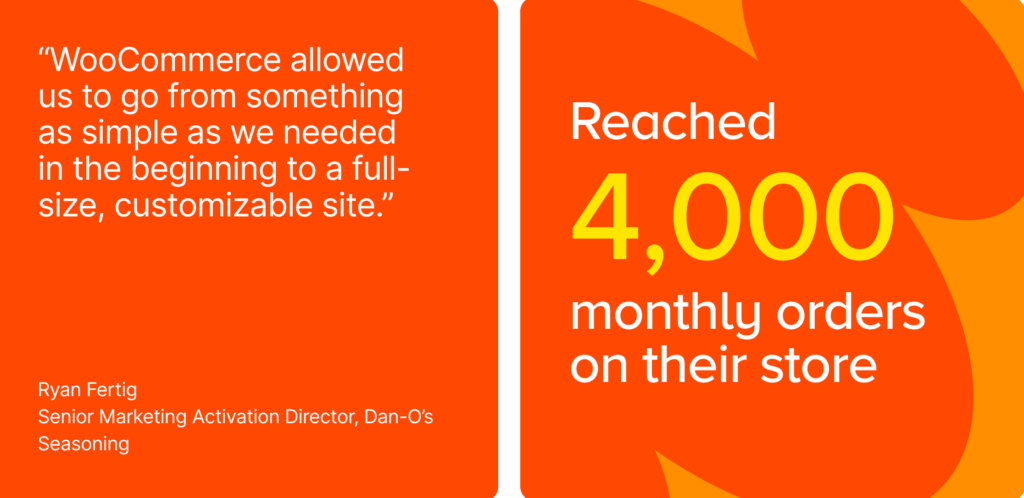
A Quick Platform Comparison
WooCommerce vs Shopify
WooCommerce wins for SEO because you get complete control. Better blogging. No monthly fees that increase when you make more money.
Shopify is definitely easier to set up though. If you want to start selling tomorrow and don't care about advanced SEO, Shopify might be better. Just keep in mind that if you want to change providers down the track, that can be problematic.
WooCommerce vs BigCommerce
BigCommerce works well for bigger businesses but costs more and gives you less control. I don't see it chosen much for SEO-focused stores.
The decision: If SEO is a big part of your strategy, I would probably lean to WooCommerce just because it lends itself to optimisation and scalability.
Essential WooCommerce SEO Settings (Start Here)
Now that you understand the what and why, let’s get into the how.
Start with the obvious
Go to Settings → Reading and uncheck "Search Engine Visibility."
Sounds ridiculously basic, but I've seen live stores with this box checked. Google can't index your site if you tell it not to.
Fix your URLs first
Set permalinks to "Post name" under Settings → Permalinks.
This gives you yourstore.com/product-name instead of yourstore.com/?p=123. Much better for SEO and users.
Set up your store structure properly
Configure WooCommerce URLs like this: yourstore.com/shop/category/product
Takes a few minutes but helps Google understand how everything connects, by understanding your site hierarchy and improving internal linking value. It’s worth doing right the first time.
Page optimisation basics
Install a Yoast SEO or RankMath plugin. I lean toward RankMath lately due to its ability to handle Woocommerce product schema out of the box, but both work fine, and Yoast is more established.
Then focus on writing high quality:
- Page titles (include your main keyword, but don't stuff it)
- Meta descriptions (make people want to click)
- Product descriptions (be specific, not generic)
The key is being helpful, not just keyword-focused. Google's gotten smarter about detecting thin content.
Images (everyone forgets this)
Make images load fast:
- Keep file sizes reasonable (under 100KB when possible)
- Use descriptive file names like "red-running-shoes.jpg" not "IMG_1234.jpg"
- Write alt text that actually describes what's in the image
Alt text helps visually impaired users and gives Google context. Win-win.
Enable reviews
Turn on product reviews in WooCommerce settings.
Reviews help with SEO in multiple ways - fresh content, keywords customers actually use, and those star ratings that show up in search results.
Though fair warning - you'll get some negative reviews eventually. That's normal and can actually build legitimacy if you handle them well.
Security stuff
HTTPS is required for good rankings. Get an SSL certificate so your URLs start with "https." Most hosting companies include this now, but double-check.
Additional security steps:
- Keep WordPress and plugins updated
- Use strong passwords
- Install a security plugin like Wordfence
- Regular backups
HTTPS - Google requires it. Users expect it. Just do it.
Mobile optimisation
More people shop on phones than computers now (the exact percentage is unknown but likely in the high 90’s). So, your site needs to work well on mobile or you're missing sales.
Most modern WooCommerce themes handle this automatically, but test it yourself. Open your site on your phone and try to buy something. If it's frustrating, fix it.
Product Page SEO Optimisation
WooCommerce allows you to make your product pages ‘yours’, resulting in experiences like this:
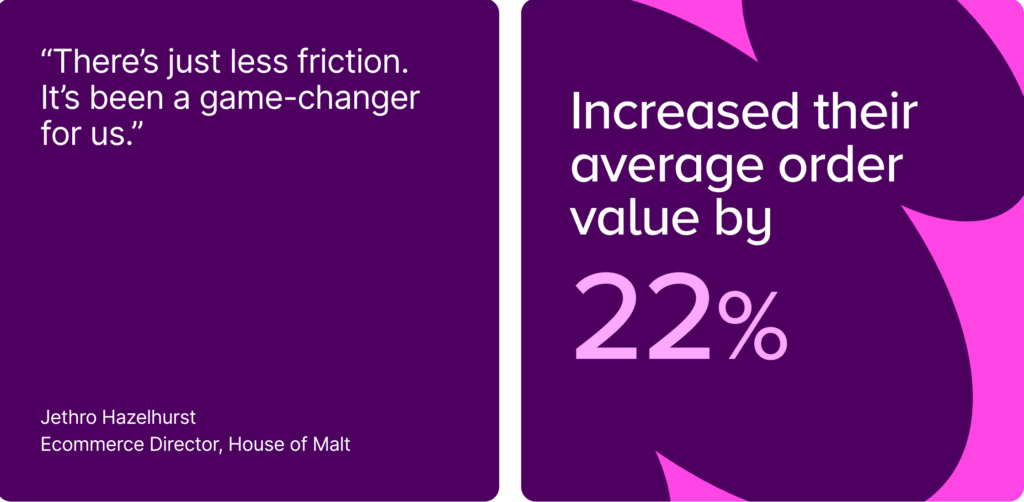
Title Tags and Meta Descriptions
Each product page needs unique, compelling titles and descriptions.
Good product title: "Nike Air Zoom Pegasus 40 - Men's Running Shoes | YourStore"
Bad product title: "Product | YourStore"
Meta description tips:
- Include primary keywords naturally
- Mention key product benefits
- Add a call-to-action
- Keep under 160 characters
These elements are important to make people want to click through, and bring legitimacy to your products in a Temu run world.
Product Descriptions That Rank
Write detailed, unique descriptions for each product. This is where most stores fail - they use manufacturer descriptions or write one-sentence summaries.
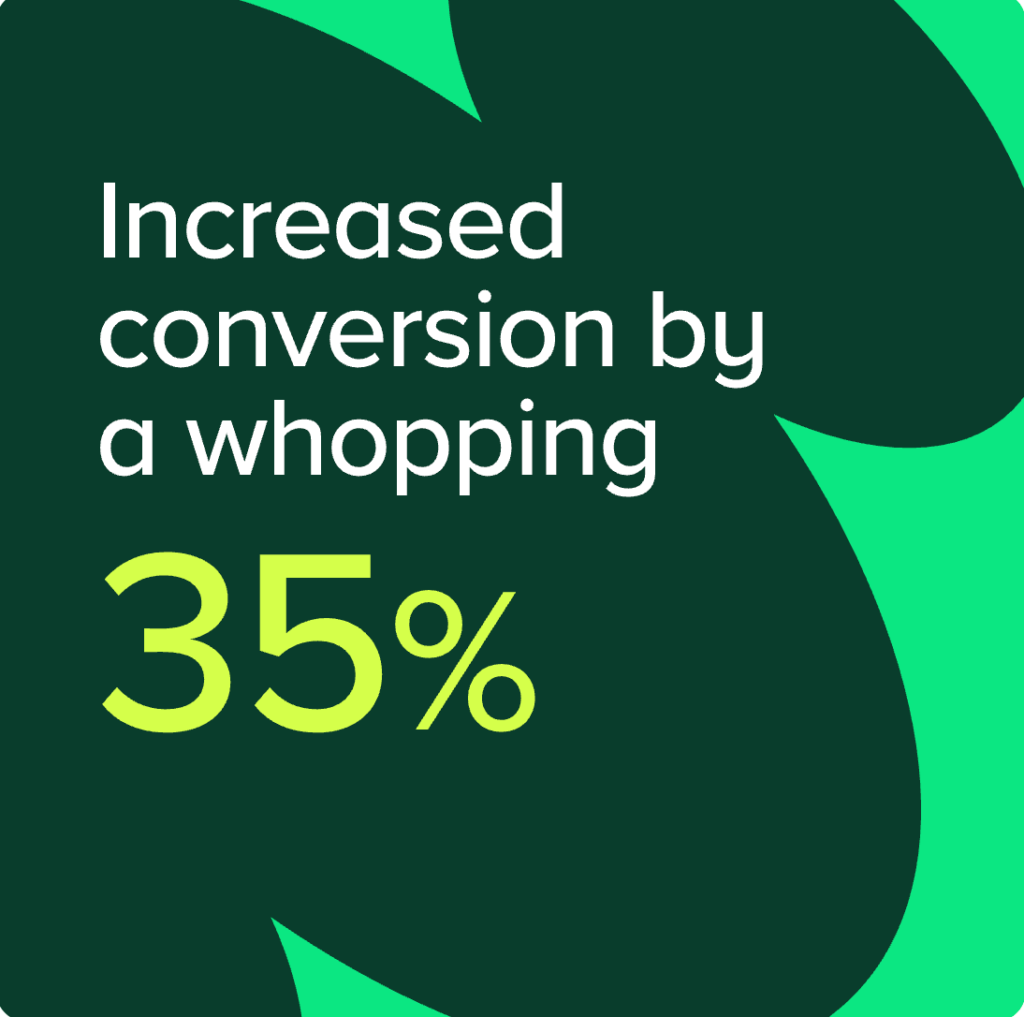
What Google wants to see:
- Detailed product specifications
- How the product solves problems
- Usage scenarios and benefits
- Technical details when relevant
Avoid:
- Copying manufacturer descriptions
- Generic templates for every product
- Keyword stuffing
- Thin content under 150 words
Image Optimisation
Product images affect both user experience and SEO rankings.
Technical requirements:
- File sizes under 100KB when possible
- Descriptive filenames like "red-running-shoes-nike.jpg"
- Alt text that describes the actual image
- Consistent aspect ratios across products
SEO benefits:
- Images can rank in Google Image search
- Alt text provides keyword context
- Fast-loading images improve page speed
- Good UX signals help overall rankings
Category Page SEO
Category pages often rank better than product pages for broader search terms. So it’s worth the time to optimise them properly.
Category Descriptions
Write unique descriptions for each category. Most stores skip this entirely.
What to include:
- Overview of products in the category
- Key benefits and use cases
- Relevant keywords naturally included
- Links to popular products
Category URL Structure
Keep category URLs simple and descriptive:
- Good:
/mens-running-shoes/ - Bad:
/product-category/running-shoes-for-men-athletic/
Internal Linking Strategy
An internal link strategy can be as simple or complex as you like, and it can also make or break your site. To start with, link between related categories and from categories to top products. This helps distribute page authority throughout your site.
Advanced Strategies (When You're Ready)
Speed optimisation
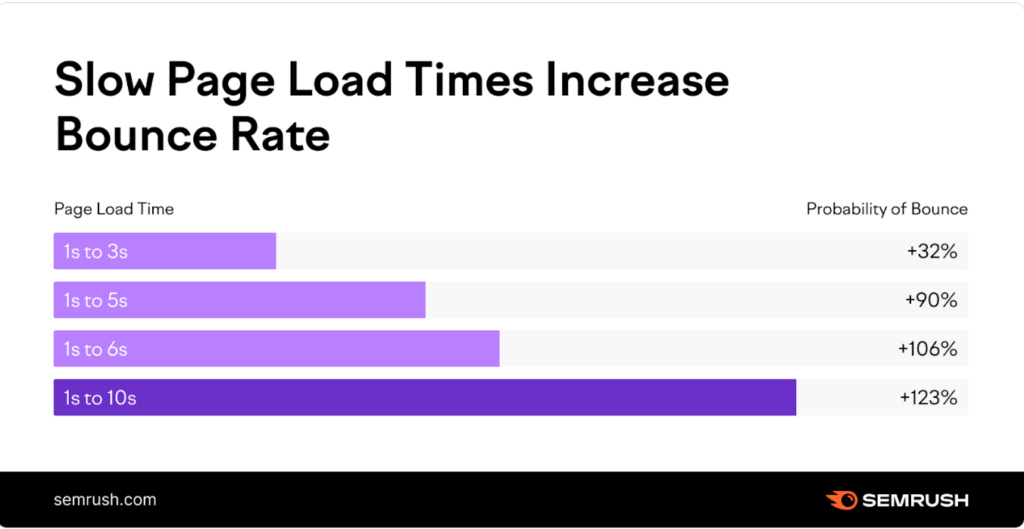
This gets technical quickly. Start with:
- A caching plugin (WP Rocket is worth paying for)
- Image compression (ShortPixel or similar)
- A CDN if you get international traffic
Page speed affects rankings now. Google's made that clear, so while it isn’t the biggest ranking factor, you should still give it some attention.
Content marketing
Start a blog. Write about problems your products solve and your customers want to know. Link to relevant products naturally, answer high volume questions and cover popular or interesting topics, and you can expect to be getting traffic from corners of the internet you didn’t expect.
Create content that drives traffic to your products:
- Product-related tutorials: "How to choose the right running shoes for your gait"
- Buying guides: "Best running shoes for running ultra marathons"
- Industry news: Stay current with trends in your niche
- Customer stories: Real people using your products
I've seen this work incredibly well, but it takes time. Months, not weeks. Be patient.
Linking Up
Link from blog posts to relevant products naturally. Don't force it, but look for opportunities to connect content with commerce.
Example: A blog post about "Marathon training tips" could naturally link to running shoes, hydration products, and training gear.
Schema Markup for Products
Structured data helps your products show rich snippets in search results - like star ratings and prices.
WooCommerce includes basic product schema, but you might need additional markup for:
- Review stars
- Price ranges
- Availability status
- Brand information
Tracking and measurement
Set up Google Analytics and Google Search Console. You need data to make good decisions.
Search Console especially - it shows you what Google actually thinks about your site. Sometimes the results are surprising.
Technical SEO
Once everything else is working:
- Create an XML sitemap (Yoast does this automatically)
- Fix broken links as they appear
- Make sure all pages load without errors
This stuff matters more as you get bigger. Don't stress about it initially, but keep in mind that a good technical SEO foundation is needed for long term ranking success.
Common WooCommerce SEO Mistakes
Plugin Overload
Too many plugins slow down your site and create conflicts. Only install what you actually need.
Essential plugins only:
- SEO plugin (Yoast or RankMath)
- Caching plugin
- Security plugin
- Backup plugin
Ignoring Site Architecture
Poor site structure hurts SEO. Plan your categories and navigation before adding hundreds of products.
Neglecting Product Descriptions
Thin content kills rankings. Write detailed, unique descriptions for every product.
Forgetting About Page Speed
Slow sites don't rank well. Monitor and optimise your site speed regularly.
Performance Monitoring Tools to Consider
Google Search Console
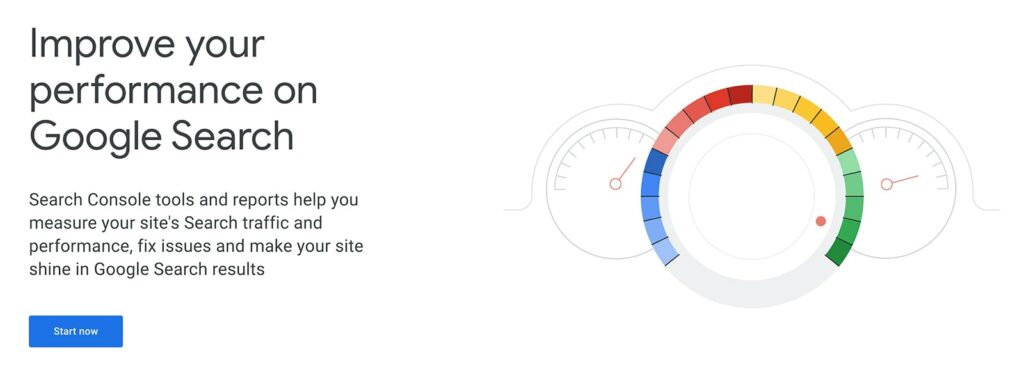
Our main port of call for ongoing monitoring? Google Search Console.
This shows you what Google actually thinks about your site. Not what you think is happening, but what's really happening.
Critical alerts it catches:
- Pages that won't index (and why)
- Mobile usability problems
- Site speed issues affecting rankings
- Security problems like malware
- Manual penalties from Google
Real example: Your product pages suddenly drop from search results. Search Console tells you Google can't crawl them because of a robots.txt error. Without this tool, you'd just wonder why sales tanked.
What to monitor weekly:
- Coverage errors (pages Google can't index)
- Core Web Vitals scores
- Search performance trends
- Security issues
Google Analytics
Analytics tells you if your SEO efforts actually drive business results.
Key insights:
- Which pages bring in the most organic traffic
- How organic visitors behave vs. other traffic sources
- Conversion rates from different search terms
- Where people leave your site (and why)
Business impact: You might rank #1 for a keyword but discover those visitors never buy anything. Analytics shows you which SEO efforts actually make money.
Critical reports:
- Acquisition > Organic Search (traffic sources)
- Behaviour > Site Content (top performing pages)
- Conversions > Goals (if you've set them up)
Page Speed Tools - GTmetrix and Similar
Site speed directly affects rankings now. Google's made this clear.
Why speed monitoring matters:
- Slow pages rank lower in search results
- Users abandon slow sites (higher bounce rates)
- Mobile users especially won't wait
- Speed affects conversion rates directly
GTmetrix specifically shows:
- Actual loading times from different locations
- Specific issues slowing your site down
- Before/after comparisons when you make changes
- Mobile vs. desktop performance differences

What to watch: If your scores suddenly drop, something changed. New plugin? Different hosting? Image sizes increased? Speed tools help you identify the cause.
Rank Tracking Tools - Seeing Your Position
Knowing where you rank for important keywords helps you understand if your SEO work is paying off.
Popular tools:
- SEMrush (expensive but comprehensive)
- Ahrefs (great for competitor analysis)
- SERPWatcher (cheaper, simpler option)
- Google Search Console (free but limited)
What to track:
- Your main product keywords
- Category-level terms
- Brand searches
- Local keywords if relevant
Reality check: Rankings fluctuate daily. Don't panic over small changes. Look for trends over weeks and months.
Why You Need All Four
Each tool answers different questions:
- Search Console: "Is Google having problems with my site?"
- Analytics: "Is my traffic turning into sales?"
- Speed tools: "Are technical issues hurting my rankings?"
- Rank tracking: "Are my target keywords improving?"
The bigger picture: SEO problems often show up in one tool before others. A sudden traffic drop in Analytics might be explained by indexing issues in Search Console. Or falling rankings might correlate with declining page speeds.
How Often to Check
- Daily: Search Console for critical errors
- Weekly: Analytics traffic trends, speed scores
- Monthly: Detailed rank tracking analysis
- Quarterly: Comprehensive review of all data
Pro tip: Set up alerts so tools notify you of major changes instead of manually checking everything constantly.
Without monitoring, you're just guessing whether your SEO work helps or hurts your business. These tools turn guesswork into data-driven decisions.
When to Get Professional Help

It is rare that a small business owner will have the budget to invest in professional developers, which is why WooCommerce is such a great place to start with built-in themes and a user-friendly dashboard. But there does come a time when the pros are needed.
Handle it yourself if:
- You're making less than $10,000/month
- You enjoy learning technical stuff
- Your store is relatively simple
Consider getting help if:
- You're making over $25,000/month
- You need custom features
- This feels overwhelming
There's no shame in hiring experts. Your time might be better spent on other parts of your business.
Ready to Conquer the (WooCommerce) World?
WooCommerce takes more initial work than other platforms. That's just true.
But if SEO is important to your business - and it probably should be - that extra work pays off over time. The platform grows with you instead of holding you back.
It can be a real headache, and even impact your bottom line, to change platforms down the track, so you want to really get this right.
I've seen businesses lose months of SEO progress during platform migrations. It's expensive and stressful. Better to choose correctly upfront, even if it means more work initially.
Start with the basic setup steps I mentioned. Focus on one thing at a time. Don't try to implement everything at once - that's how you get overwhelmed and quit.
And remember, the best SEO strategy is one you actually follow through on. Perfect plans that never get implemented don't help anyone. A good plan today is better than a perfect plan tomorrow.
